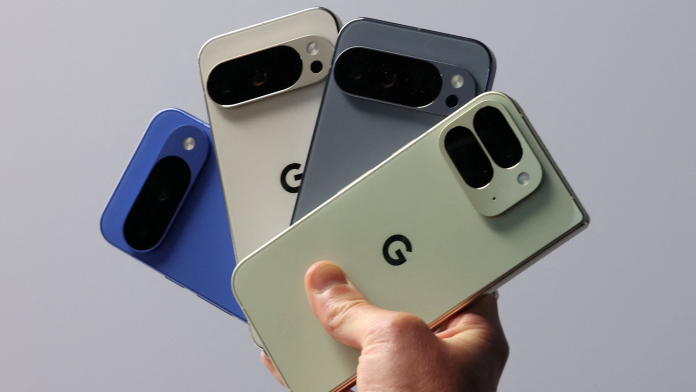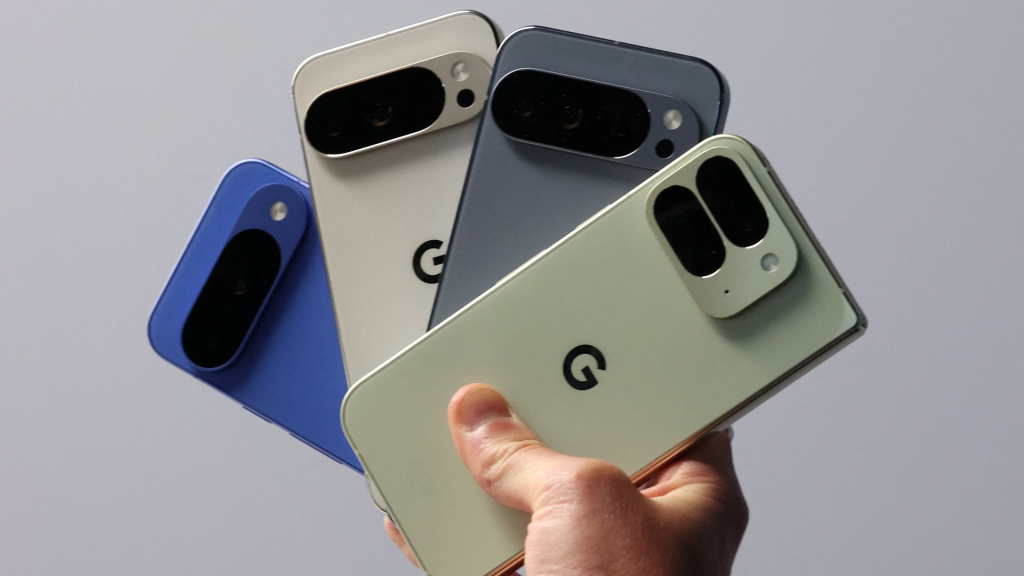
“Perfection for one is not perfection for all.” That aphorism stands especially true in the fiercely competitive 2025 flagship smartphone market. Google’s Pixel 10 Pro, with its improved hardware, robust AI processing, and polished software, is definitely a champion. Still, the same qualities that make it attractive to some may drive others to look elsewhere.
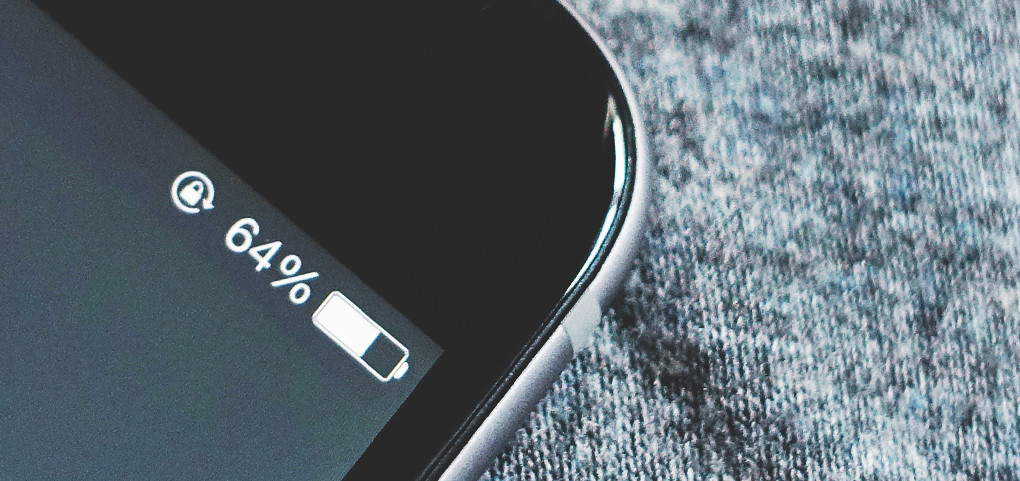
For consumers considering performance, battery life, aesthetics, or cost, the Android platform presents a wide range of options. A few match the Pixel 10 Pro’s AI capabilities, some beat it in sheer speed, longevity, or design factor ingenuity. Below is a handpicked sampling of six premium smartphones worth considering before diving into Google’s new flagship.
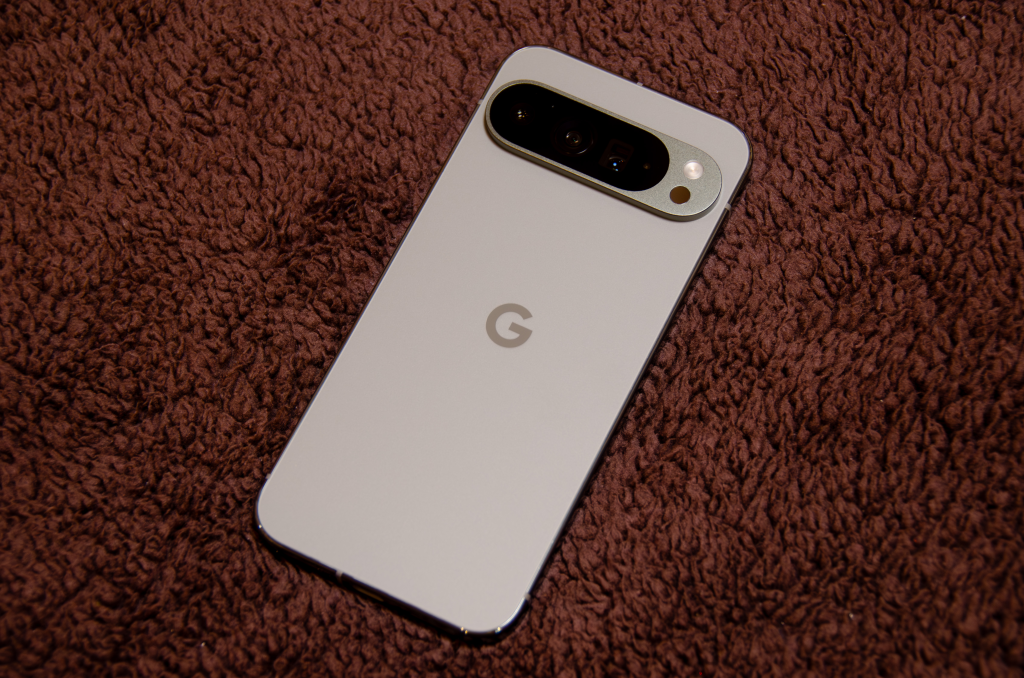
1. Google Pixel 9 Pro – Yesterday’s Flagship at a Discount
The Pixel 9 Pro remains a remarkably capable device, sharing so much with the Pixel 10 Pro. They both have a 6.3‑inch OLED screen at about 495 ppi, Gorilla Glass Victus 2, and IP68 water resistance, plus the same triple camera configuration. The most significant differences are the newer Tensor G5 processor and incremental enhancements in brightness and battery capacity for the 10 Pro.
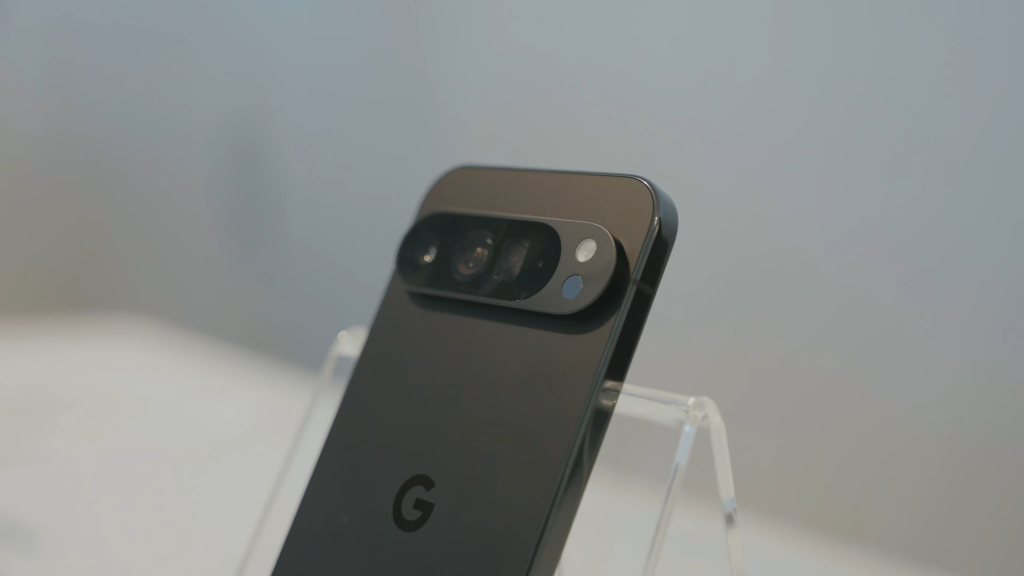
For most people, the Tensor G4 in the Pixel 9 Pro is plenty enough in any case, especially with its outstanding AI features such as Add Me and Video Boost. Although lacking newer software such as Magic Cue, it has its seven-year update guarantee. Discounted to $799 or lower, the Pixel 9 Pro has nearly identical hardware to the 10 Pro but for several hundred dollars less.
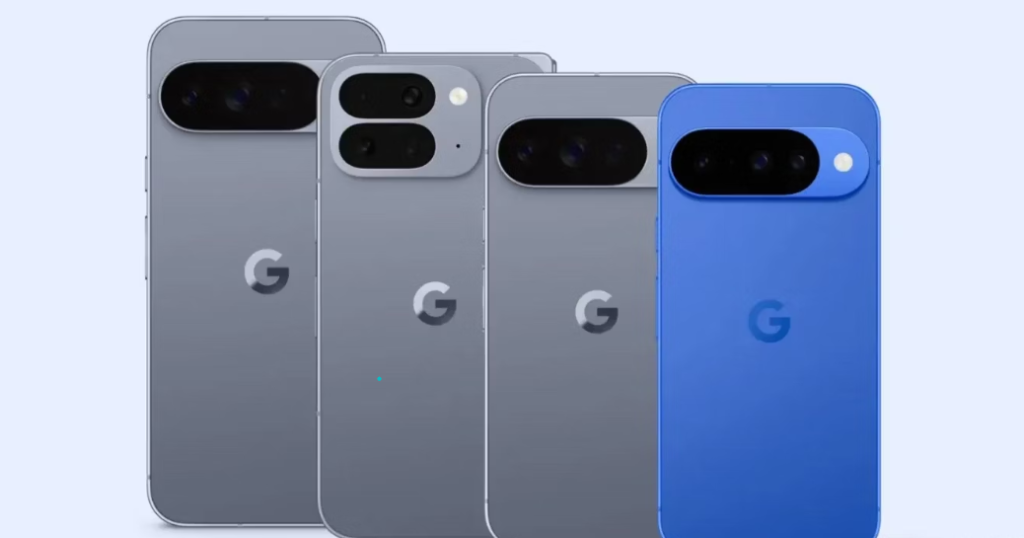
2. Google Pixel 10 – The Leaner Sibling
The plain Pixel 10 puts Google’s latest Tensor G5 processor and whole Qi2 wireless charging to work beginning at $799. It inherits most of the 10 Pro’s AI toolkit, including Camera Coach and Live Translate, and benefits from the G5’s upgraded neural processing unit for upcoming in-device innovation.
Hardware compromises include a lower-resolution screen, lower RAM, and marginally poorer camera sensors. For those prioritizing new silicon and the ease of charging over optimal‑of‑best photography, the Pixel 10 is a capable, budgetary entry into Google’s platform.
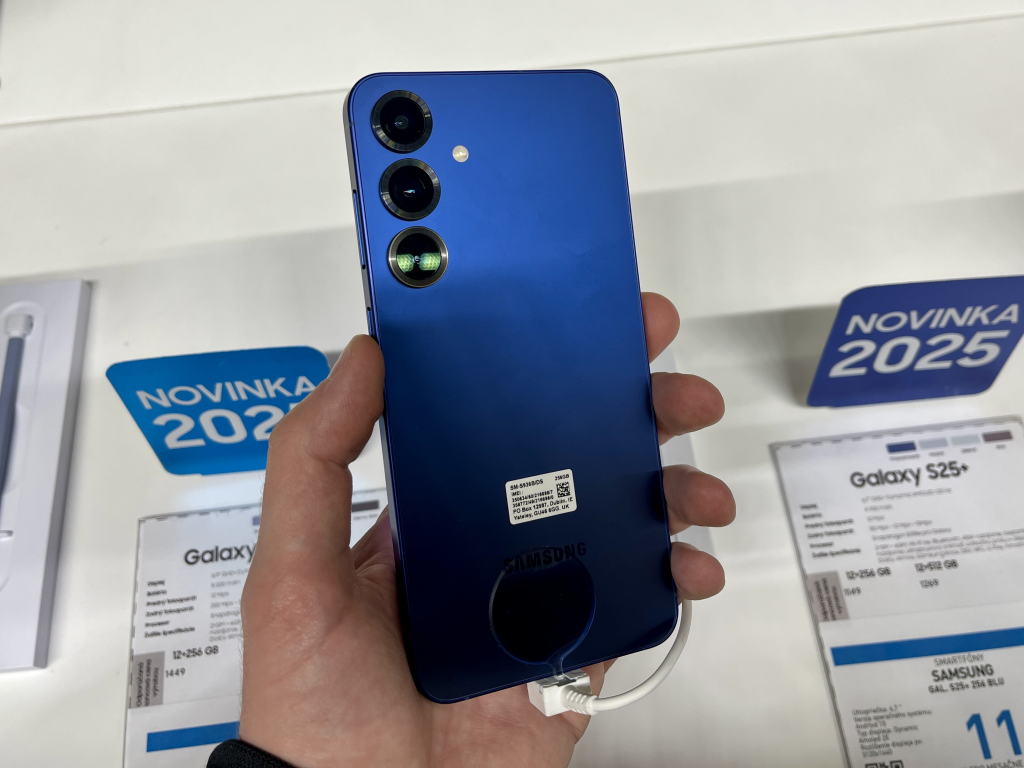
3. Samsung Galaxy S25 – Tightly Packed Powerhouse
Samsung’s Galaxy S25 is one of the first truly diminutive flagships, with a weight of only 162 grams and a thickness of 7.2 mm. It boasts Qualcomm’s Snapdragon 8 Elite chip, which registers higher benchmark scores than the Tensor G5 in multi‑core CPU and GPU. Gaming performance shows reliable high frame rates that are bolstered by Samsung’s adaptive refresh and heat management.
While its camera hardware falls behind that of the Pixel 10 Pro, and the 4,000 mAh battery is disappointing, the S25’s functionality within the Galaxy ecosystem and seven-year software guarantee make it a performance-focused choice for the portability conscious.

4. Motorola Razr Ultra – Folding Form, Flagship Specs
The Razr Ultra is unique through its 7‑inch LTPO OLED foldable screen and 4‑inch cover screen that can support full Android apps. It is powered by the Snapdragon 8 Elite and introduces seamless multitasking, 68W wired and 30W wireless charging, both faster than the Pixel 10 Pro.
Its IP48 rating and premium material options, including vegan leather and wood finishes, add to its appeal. However, Motorola’s three‑year OS update policy lags behind Google’s, and low‑light ultrawide performance is weaker. For buyers prioritizing design innovation and versatility, it’s a standout despite the $1,299 price.
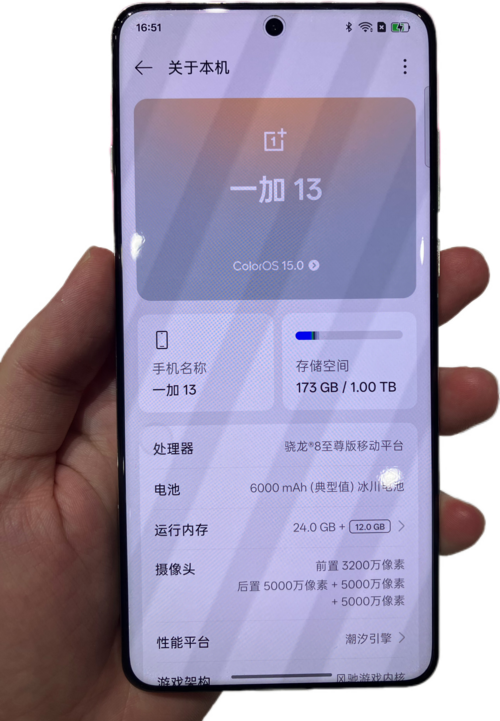
5. OnePlus 13 – Endurance and Speed Combined
The OnePlus 13 pairs the Snapdragon 8 Elite with a 6,000 mAh Silicon NanoStack battery that offers up to 19 hours 45 minutes in our continuous lab web browser tests significantly more than most flagships. It also has support for 80W wired charging in the U.S. (100W elsewhere) as well as 50W magnetic wireless charging with AIRVOOC.
The three‑camera setup, co‑designed with Hasselblad, delivers adaptable outcomes, and OxygenOS offers a clean, fast interface. Sold for about $100 less than the Pixel 10 Pro, the OnePlus 13 is an affordable choice for customers who want both excellent battery life and quick charging.
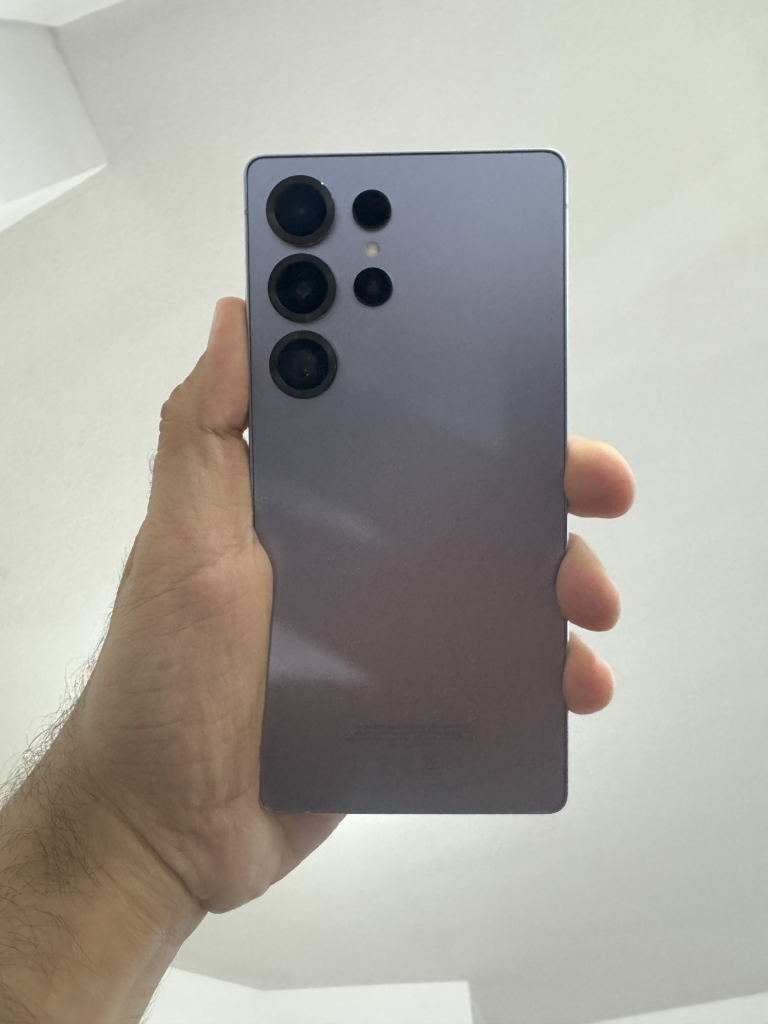
6. Samsung Galaxy S25 Ultra – Feature‑Rich Productivity
For those who are willing to go big, the Galaxy S25 Ultra has a 6.9‑inch QHD+ display, a 200MP main camera, S Pen support, and the same Snapdragon 8 Elite processor. It shares the same seven‑year update pledge as Google, and Galaxy AI features are built into Samsung and Google apps.
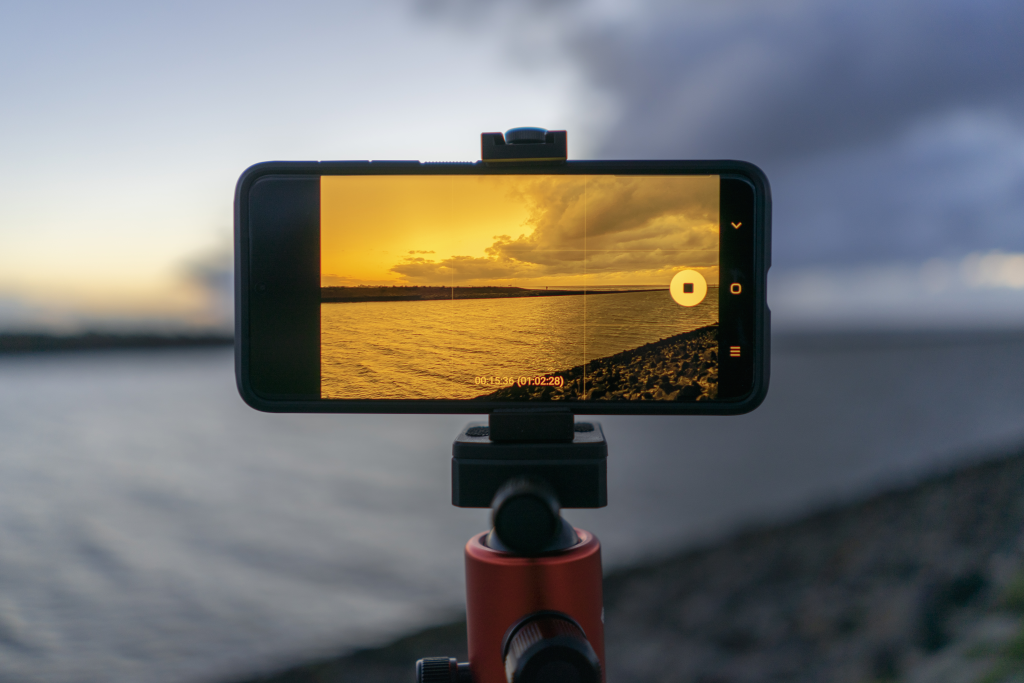
While heavier and more expensive than the Pixel 10 Pro, it outdoes it in versatility from high-res photography to stylus-enabled productivity so is ideal for heavy users who want all the features they can fit into one device.
The Pixel 10 Pro is a polished, even‑handed flagship, but it plays in a crowded field. Long battery life, compact size, foldable tech, or just sheer processing 2025’s Android ecosystem provides something that at least equals Google’s current flagship in one of those categories. And for the better‑informed shopper, the optimum purchase is a matter of matching what a phone does best against individual needs and taking a look beyond one sole flagship.
